Kelly Moran: "An important aspect of my work is trying to preserve my own humanity, even if I'm using technology to help me do it"
Pianist, producer and Warp Records artist Kelly Moran abandons the prepared piano and extended techniques that defined her early work to duet with a self-playing Yamaha Disklavier on new project Moves in the Field
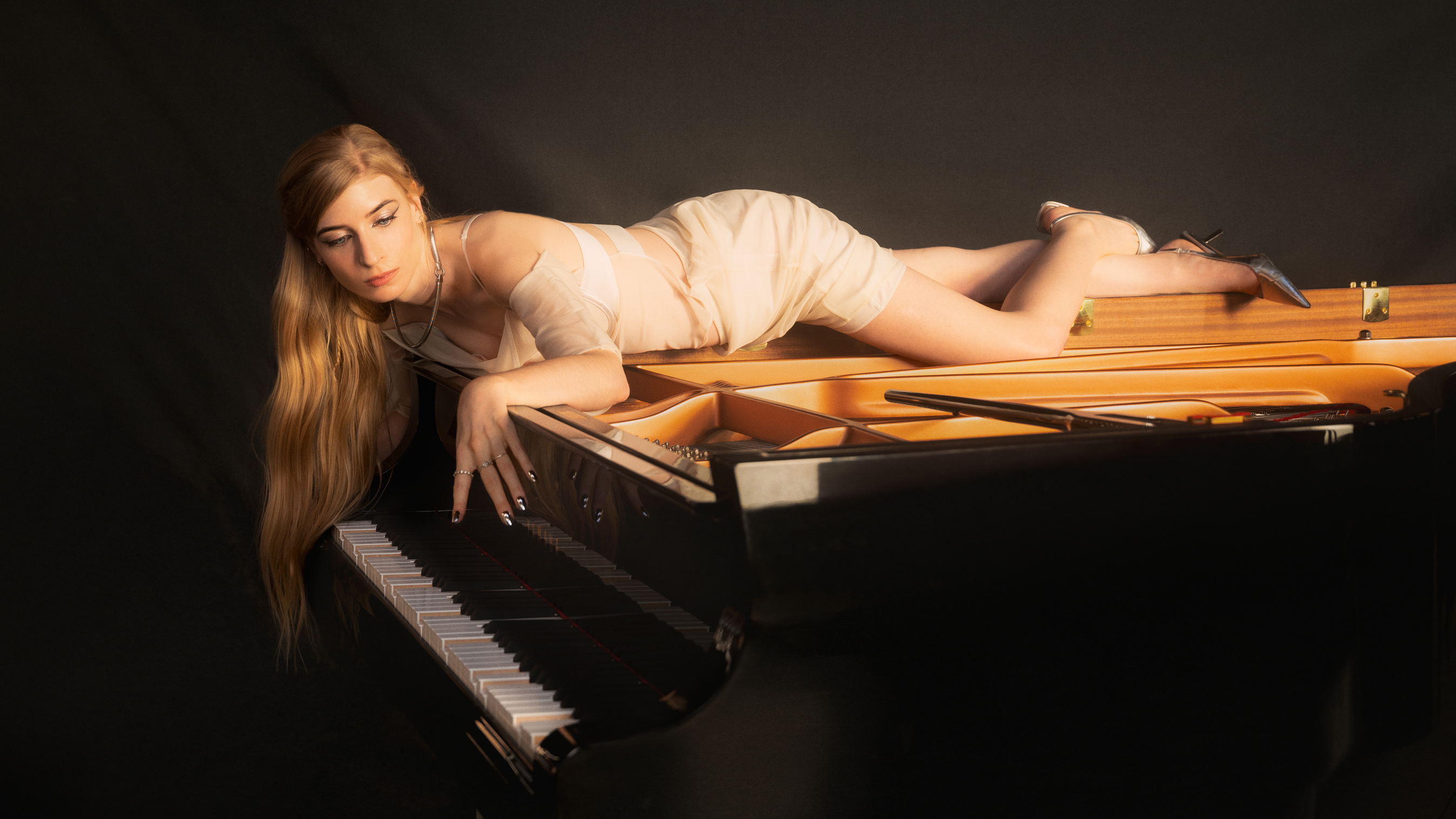
Composer, producer, synthesist, Warp Records signee, black metal fan and touring member of Oneohtrix Point Never’s live band; Kelly Moran is many things, but first and foremost, she is a pianist.
Imaginatively exploring the sonic potential of her chosen instrument through technological transformation, Moran’s previous work has made use of prepared piano, extended techniques and electronics to take her prodigious instrumental talent to new worlds.
Moran’s latest project, Moves in the Field, shifts the focus of her experimentation from the timbre of the piano to the mechanism of its performance. Working with the Yamaha Disklavier, a MIDI-equipped grand piano capable of playing itself, Moran improvised, programmed and recorded a series of duets for herself and the instrument, joining forces with the Disklavier to achieve pianistic feats inaccessible to a human player.
Merging her own performances with the instrument’s self-playing abilities, Moran layered intricately intersecting melodies and harmonies, surgically editing their MIDI data in Logic before routing them back to the piano to be recorded, processed and carefully mixed. “My imagination exploded at all the possibilities this instrument allowed me to create,” she tells us.
Moves in the Field isn’t merely an exercise in technicality, though; suffused with melancholy and grandeur, these pieces possess an emotional depth that stretches fathoms. Moran’s serpentine melodies and complex arrangements confound and realign our expectations of piano music, and the project as a whole - like the rest of her output - boldly reimagines what a pianist can be in the 21st century.
We sat down with Kelly Moran to find out more about the making of Moves in the Field.
You’ve been playing piano from quite a young age, but when did electronics and production became a part of your creative process?
Want all the hottest music and gear news, reviews, deals, features and more, direct to your inbox? Sign up here.
“Around the time I was 15 I started to experiment with electronic music software. I started listening to this band called Telefon Tel Aviv, and I heard this song called Fahrenheit Fair Enough. It's an electronic piece of music but it had some acoustic elements in it. I really just wanted to make something that could balance both of those things.
“This was 2005, so this was a long time ago, and it was novel for me to hear a techno song that had an acoustic guitar in it - something that felt like it was blurring the genres. I wanted to try to emulate that. So I started messing around with Logic when I was 15 and basically trying to make pieces that sounded like them.”
Have you stuck with Logic since then?
“I have. I’m very familiar with it. Honestly, whatever you are trained on becomes second nature to you. I’ve become so attached to it, it’s like muscle memory. It’s like learning an instrument. When I tried to use Ableton everything was on the other side of the screen, and it felt completely counterintuitive.”
Was it always your plan to combine that interest in production and technology with your piano playing, or did that come later on?
“I've always been interested in merging technology and piano in some way. When I first got to college and I started to really get better at using software, one of the first things I did was build a digital instrument that I could use in Kontakt where I sampled myself plucking every note of the piano and mapped it to a controller, so I could play it.
“It’s an extended technique that if I tried to do in person, I would have to lean into the piano and pluck these notes individually. But I realized that if I mapped them to a keyboard, I could play it as though I was playing a piano. So very early on, I started getting excited about the way I could manipulate the timbre of the piano or use the sounds in different ways that went beyond how I could use them in real time.”
Moving on to the new project - talk us through your experience with the Disklavier. When did you first begin using the instrument?
“The first time I ever used a Disklavier was in grad school, because my university had one. I worked with it a little then, but I didn't have access to it again until almost a decade later when I became a Yamaha Artist.
“Yamaha loaned me a Disklavier initially because I was writing a duet for myself and another pianist, and I wanted to be able to hear in real-time how the piece was sounding with two pianos. Having a piano that played itself was just like having another duet partner there. That was how I started working with it, but when the pandemic hit, it became a very obvious collaborator, because I didn't have anyone else to work with.”
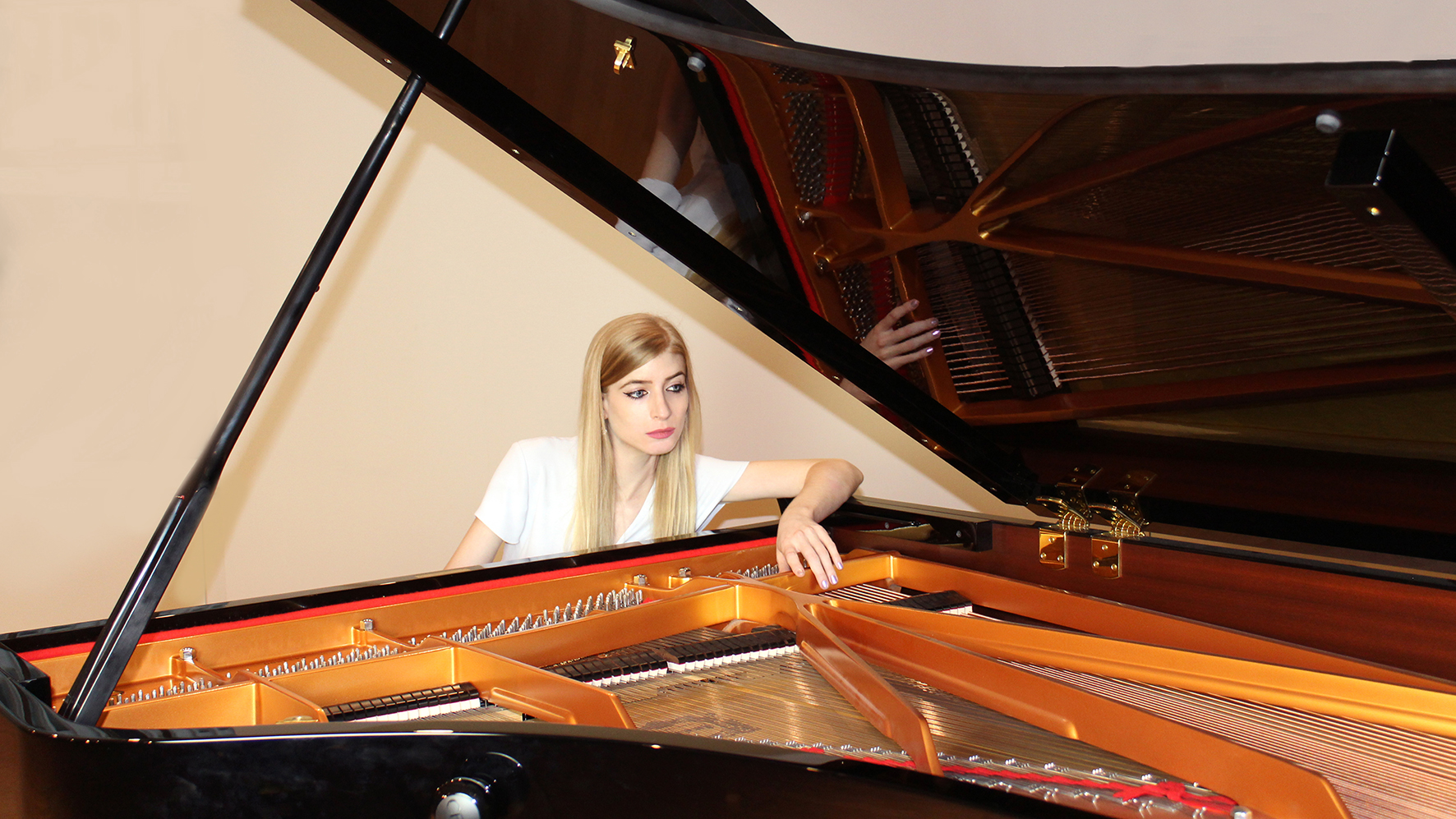
When did you begin to think about building a whole project around the instrument?
“It was shortly after the pandemic began. I had become bored with writing for prepared piano. I was going to make another album of prepared piano music, but once I was trapped at home, I felt like the world I was creating that record for didn't exist anymore. I had to find fresh motivation that wasn't rooted in the desire to make another album that I could tour, to keep the momentum going.
“I had to stop and figure out what would make me feel inspired. Initially, the purpose of having the Disklavier was to write a duet with someone else. But then I had the instrument in my house, and when I was feeling uninspired by the prepared piano, I thought: let's see how the songs I've been working on sound if I arrange them for the Disklavier.
“I had been writing these very multi-layered prepared piano tracks that were all very loop-based and groove-oriented. So I dissected them and rearranged them for Disklavier, and once I started working on the music in this way, it provided a completely new perspective and a way of working that inspired me a lot. Then I just went full on into that world.”
How has the ability to record, layer and manipulate multiple parts shaped your approach to composition on this project?
“The most impactful part has been getting to hear myself as a pianist from the perspective of the listener. Being able to record into the piano, step back and go to the other side of the room, and hear the piano replay what I had just played. Then I can judge my playing as a listener and not just as a performer. I’m able to go back and shape those performances.
The most impactful part has been getting to hear myself as a pianist from the perspective of the listener
“Say I've just recorded a take, maybe every note in the chord sounded great, except for the top note was a little quiet, so I can go back and make that chord sound perfect. It made me a much more sensitive listener because I was able to hear myself from another perspective.”
That’s interesting. It’s so true that you don’t hear your work the same way when you’re performing it as opposed to listening objectively.
“Something that I realised about myself is that when I'm playing solo piano, it's so easy to let myself get carried away. When there’s no accompaniment, and it's just you on the piano, it's so easy to let yourself play really loudly or play super-passionately, and be more controlled by your feelings than the sounds you're making. It can be more of a cathartic experience than one where you’re listening and thinking about how it sounds for the listener.
“Sometimes I would sit at the Disklavier, I would play something and it would feel really good to play, it would feel very cathartic and full of emotion. But then I would listen to it and I’d be banging the crap out of the piano; it felt good for me to play, but it might not sound good as a listener.
“It made me want to explore, how do I find a middle ground between being too self-indulgent and just letting myself rip at the piano and do what feels good, but also playing in a way that sounds good for the listener? What’s the effect that I'm creating? That was something that was really interesting to explore. I had never really thought about trying to reign in my performance for the sake of the listener before.”
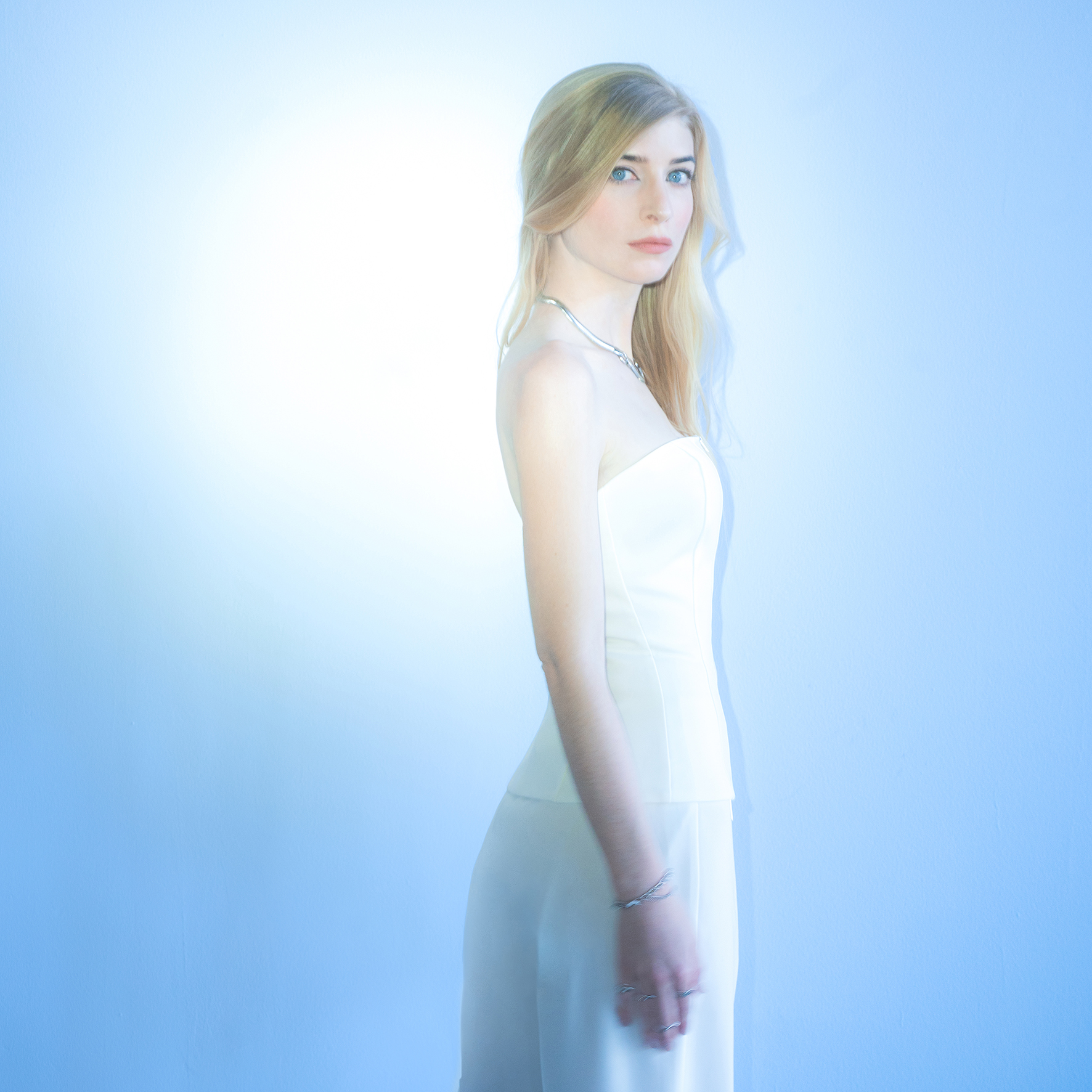
Is all the material on the record actually played into the Disklavier or were you programming any MIDI to send out to the instrument?
“A lot of the record is me playing the Disklavier and the instrument playing it back. A lot of the time, I’d use my synth to generate an arpeggiated pattern and send that to the Disklavier. Once I realised I could do that it opened up the means for me to explore all these inhuman possibilities. Because I would record my own playing in to the piano, but it was also really fun to kind of take my synth and set the arpeggiator to a random pattern and see what crazy patterns the Disklavier would play.
“It would spit out something that would be very unpianistic, or something that I would never play. Sometimes I would record an arpeggiated pattern into it then I would go in and record a melody over it or rearrange the notes to bring out a new melody. It opened up a new way of writing and coming up with material.”
Did you use any MIDI generation tools?
“I wouldn’t really generate anything cold turkey. When I say I would use my synth for that, I would be playing a chord on the synth and choosing which notes would be arpeggiated or what kind of content was being generated. It was never random, or something that I wouldn’t be coming up with myself.
It was really just me, the piano, and Logic, and then sometimes my Prophet-12. It was a pretty simple set-up
“So I would play my synth and come up with these patterns and then I would use the MIDI editing tools in Logic to edit or alter the MIDI that I had recorded. Sometimes I would use Logic to speed it up or to change the key. But that was the extent of what I would do. It was really just me, the piano, and Logic, and then sometimes my Prophet-12. It was a pretty simple set-up.”
You’ve said that the project explores the different ways you could utilize the instrument to “merge its inhuman capabilities with my own playing”. Could you talk us through some more ways that the Disklavier has allowed you to do that?
“One of the first things I would do is record a chord progression on the keyboard, then I would double the bass notes, so that I would have an extra octave going. The piano would be playing chords that would be so stretched out that my hands could never play all the notes at once. Even though that’s technically inhuman, it doesn't sound impossible, it just sounds like there's another pair of hands on the keys. So sometimes I would use it just to add extra notes and harmonies that I wouldn't be able to reach.
“But then sometimes, it was really fun to record a pattern and crank up the tempo in Logic to 250bpm or something crazy and have the piano play it back at a pace that I would never be able to play. Or I’d have the piano play a pattern that was really, really fast, but also incredibly soft. Things like that would be very challenging physically to play, but the computer makes it possible.”

It’s an interesting concept to duet with a machine. When you’re playing with the Disklavier, does that still feel as if you’re duetting with another performer?
“It does! Because the parts are intersecting a lot, I’ll have my hands on the keys and I’ll feel the keys around me moving, or I’ll have to choreograph my part so that I’m getting out of the way for a key that’s going to be hit after I play it. So it feels very interactive; you’re feeling the vibrations of the instrument and the keys are moving underneath you.”
What's the story behind the title of the record?
“Moves in the Field refers to this series of figure skating exercises that you learn when you start to skate. These very basic exercises help you get control over your blades so that you can build them into larger, more complicated patterns.
I saw a parallel between the process of complicating these patterns in skating and complicating these patterns on the piano
“When I initially started working with the Disklavier, I was making music that was very loop- and cell-based. I would have a loop playing on the piano and then I would build another loop on top of it and have all these layers intersecting. It was around the same time I was learning skating, and I thought, this is kind of a similar process - using this very small fragmented pattern to lay the foundation of what I'm doing, before I build something more intricate on top of it. I saw a parallel between the process of complicating these patterns in skating and complicating these patterns on the piano.”
You’ve talked before about improvisation becoming central to your compositional process for the Ultraviolet project. Is that a method you’ve been continuing to follow since then?
“Definitely. Although one thing that's been so nice about the Disklavier is that it gives me the ability to record my improvisation and listen to it back immediately, then shape it and structure it afterwards. It’s given me a tool that makes it so much more efficient to arrange the music I'm working on.
“The music on Ultraviolet was very improvisatory - the pieces are all unfolding gradually. They're not very structured, because they're just following the structure of my improvisation. But the benefit of the Disklavier is that it allows you to dissect everything you've recorded and edit it, so I took a more structured approach to crafting these pieces, because I could repeat things and find patterns that I really liked in the MIDI and shape them.
“There’s definitely a lot of improvisation in this project, but I did a lot more surgical editing and looping. There was a much more intricate editing process for this record.”
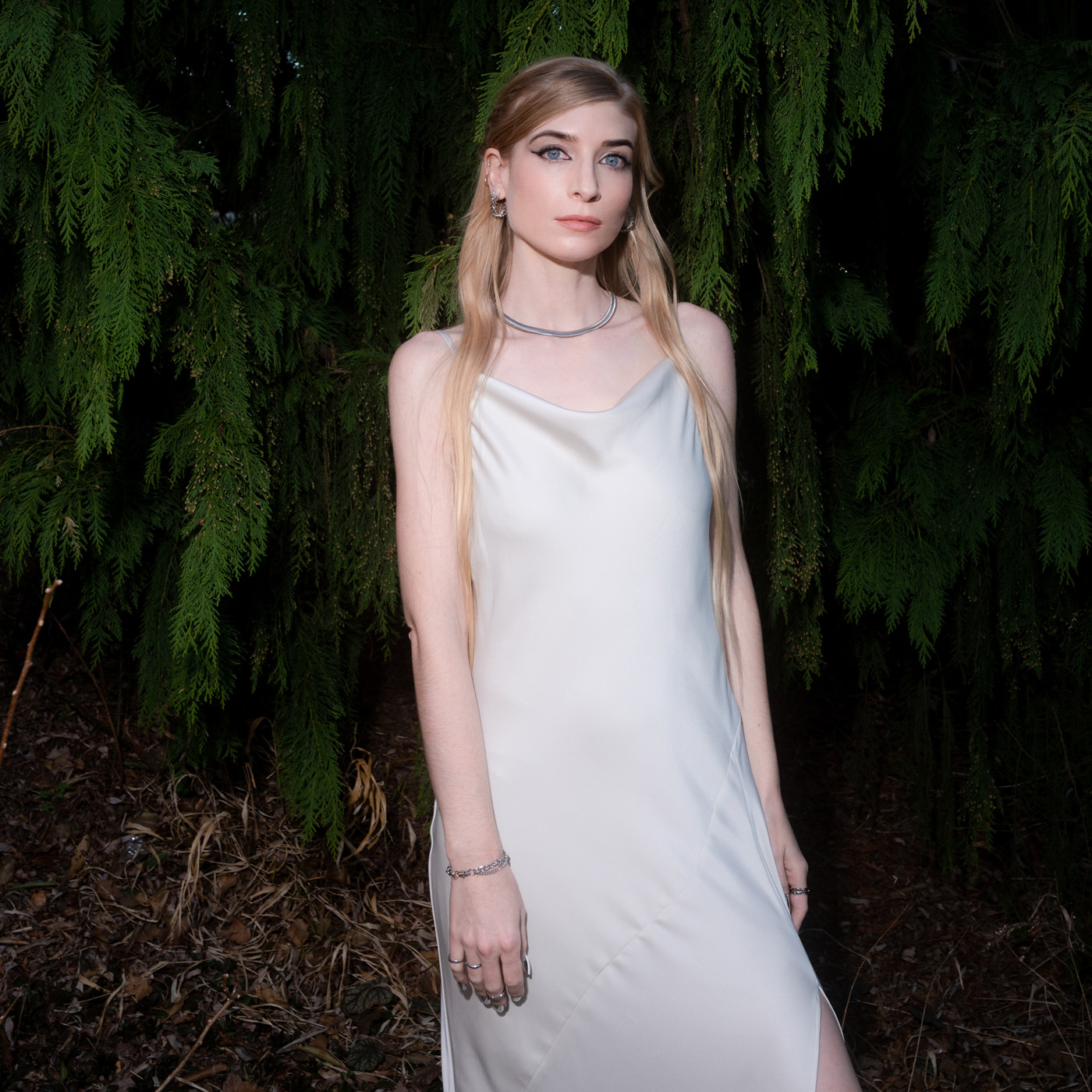
What led you to focus on more of a natural piano sound on this release, as opposed to the prepared piano and electronics that you’ve worked with previously?
“It felt like a fun challenge to limit myself to the acoustic sound of the piano. So much of my practice as a composer has been about exploiting new and exciting ways to make sounds with this instrument. So whether I'm preparing the piano, or I'm sampling it, or I'm building a digital instrument that can play the piano in a way that I can't in real life, I've done all these things that have been about squeezing different sounds out of it.
“It felt like a good time for me to say, I've done all that exploration, but now I have a tool that allows me to play the instrument differently - everything about the approach is different, except I'm not altering the timbre. It's just about how I use the instrument to create the music.”
In terms of pianists or composers that influenced you, are there any specific reference points for this record?
“Honestly, not really, I wasn't listening to a lot of classical music, or even a lot of piano music. Initially, when I started writing this record, it was in 2019, when I had been touring a lot, and I was playing a lot of music festivals, where I would play early on in the day and then I would get to hang out at the festival and party and dance for the rest of the day.
I had to find a different motivation for making music, because that inspiration wasn't real for me anymore
“I went to so many techno, clubby type performances, and I realised that I wanted to make something that's dance-oriented, or something that makes me want to move, because as I mentioned, Ultraviolet was very improvisatory - there wasn't really a sense of rhythm or a beat that you could move or dance to.
“That was originally the idea for the new project; I wanted to use prepared piano but in a more dance-y groove-based way. But once the pandemic hit, the world that I thought I was making music for, where I’m touring and going to these clubby festivals, didn’t exist anymore. I had to find a different motivation for making music, because that inspiration wasn't real for me anymore.“
To my ears, there’s a real sense of melancholy across the record. Were you deliberately honing in on any specific emotions in your writing?
“This record in particular was pretty melancholy for me. The circumstances under which I was creating the music were definitely the most challenging circumstances I've had in my life. The pandemic had just hit after I put out my last record, and it felt like my life was just getting started, in a way; I had just gotten signed to this record label, I was finally touring and living this life that I had always dreamed of as a musician. I got to experience it for a year and a half before it all came crashing down.
To be able to turn on the piano and have it play for me, on days that I didn't feel like playing myself, gave me that motivation and inspiration to keep going
“I went from being really confident about how my career was going to thinking, 'oh, shit, am I even going to have a career now? Does this world even exist anymore?' Also, at that time, my parents got a divorce, which was really hard for me; even though I'm an adult, divorce is traumatic, no matter what age you go through it. No one wants their family to split up.
“All those anxieties are definitely reflected in this album. I was trying to use music as a way to process all of that and to give myself some sense of hope. Working with the Disklavier, it gave me so much fresh inspiration, because I lost so much motivation. To have an instrument that would help me play, and help me to do the work so that I wasn't doing it all of it myself, was such a big help for me during that time. To be able to turn on the piano and have it play for me, on days that I didn't feel like playing myself, gave me that motivation and inspiration to keep going.”
We’re told that you collaborated with Dan Bora, Philip Glass’ sound engineer, on the mixing and recording for this project?
“I wanted to work with a classical engineer who had mixed a lot of piano records. In my previous projects, I've mixed the piano sound with electronics and with other elements. But for this one, I wanted to really keep the piano sounding as pure and as clean as I possibly could.
“I recorded a lot of the piano parts separately because a lot of these tracks were very layered, so I could have some more control over mixing. So I wanted to have an engineer who was just really good at working with the pure sound of the piano and had a lot of experience doing that.
For this project, I wanted to really keep the piano sounding as pure and as clean as I possibly could
“Philip Glass is one of my heroes, one of my idols. I'm not the same exact kind of composer as him, but he's a big inspiration for me. So when I'm really inspired, I’m thinking, who are they working with? Philip Glass lives in New York City, and I live in New York City now, and I saw that Dan had also worked on my friend Vicky Chow’s album, and he had worked on some music that I really liked. That was my motivation for seeking him out.”
I imagine layering multiple piano parts was quite a challenge in the mixing process. Were you aiming to preserve separation between each part or create a coherent whole made up of the individual layers?
“I need coffee for this question! [laughs] When I was writing these pieces, I would start out with one MIDI layer in Logic. I would have one MIDI track and I would record into it. Let's say I would record like a chord progression or something. So I would have one track that had the chord progression, I would make another MIDI track, and then I would record the melody on top of that. I would have separate MIDI tracks for all of the layers, so that I could have a lot of control. Let's say I recorded the melody a little bit too loud compared to how I recorded the chord progression, I could go in and edit the velocity of those MIDI notes so that it would match.
“I was mixing the MIDI layers the same way that you would mix discrete tracks of any song, I was just doing it in real time. So in working on these tracks, even though all of the parts were happening on the piano simultaneously, they were all separated out in Logic, so that I could go in and edit these different layers and make sure that everything sounded balanced.
Some of the songs had 60 tracks, just for a few piano layers, and it was a very complicated mixing process
“Initially when I set out to record the project, my engineer suggested that I record them all separately, so that I would have more control over mixing the parts. I tried it that way and it became an extremely, extremely tedious mixing process, because I had multiple mic pairs of multiple piano layers. Some of the songs had 60 tracks, just for a few piano layers, and it was a very complicated mixing process. Dan had to do a lot of math to make sure there was no phase cancellation between all the mic pairs.
“This gave me a lot of control in spatializing a lot of the different parts. So from a mixing perspective, it was a fun exercise, and it was very interesting to be able to treat all these parts discretely; mapping an arpeggio to the right channel and putting a little reverb on it and spatializing things differently, for example.
“It was fun from a spatialization perspective to match all the layers perfectly, but there were some tracks that I felt like didn't quite work the same way, because it was missing that resonance and that blur of all of the tracks happening simultaneously on the same instrument. Because you get more harmonic information when everything is happening and everything is resonating together. So I went back and re-recorded some tracks with all the layers happening on the piano simultaneously. For some of the tracks, the layers are recorded individually, and some of them aren’t.
“When I'm working on these songs, it looks like how you work on any other project in a DAW, but the only difference is that instead of an audio signal, you're listening to a piano play it in real time. It’s cool being able to sit in the producer’s chair and hear the piano doing all the work for you.”
Let's talk about a few specific moments from the record. I can hear a granular type of effect going on in Leitmotif. What did you use to create that sound?
“I used a ton of different delays on the tremolos. I remember using this patch on the synth that would send these super, super-fast clusters of notes to the piano, with tiny short attacks. Almost like a granular cloud of MIDI information. I had a track of all these fast-moving tremolo piano parts; felt like the keys on the piano were shaking and trembling.
“I recorded a bunch of those layers and added all these different delays and reverbs to them, so it has this beautiful cloudy granular effect. The keys are moving so rapidly, so once you add a delay to those keys it becomes this amazing effect that sounds very granular.”
In Don’t Trust Mirrors, is that a delay effect on the opening melody or is the Disklavier being used to play a delayed part?
“Both! That piece initially was a duet for myself and another piano, so there are two piano parts. There’s a Disklavier and there’s me playing on another piano. When I was initially working on that piece, I had a whole separate part on the Disklavier and I was playing another instrument. So in the beginning, I have this naturally occurring phasing effect where I’m playing the same arpeggio on another piano, but I’m playing it an eighth-note delayed. I did some natural phasing but I did some artificial phasing as well, and I used a lot of delay.”
The use of space and reverb on It’s Okay to Disappear is beautiful. Could you talk us through the techniques used on that track?
“When I wrote that piece, it was with electronics at first. All of the melodies and all the parts had different sounds. So when I wanted to combine it all on one piano, I still wanted to give each of the parts its own little sonic space. So I wanted the chord progression to sound very muffled and distant and I wanted the melody to sound like it was very airy and soaring on top of it. That whole piece was just a really fun exercise in spatialization for me, trying to make room for all of the parts on the piano.
“What's so fun about the Disklavier is that you can really fill out every single dynamic range of the piano, but then it becomes a challenge to figure out how you're actually going to make space for all of that in the frequency spectrum. Using different effects and really working hard on giving every part its own carved-out space was really, really important for that track.”
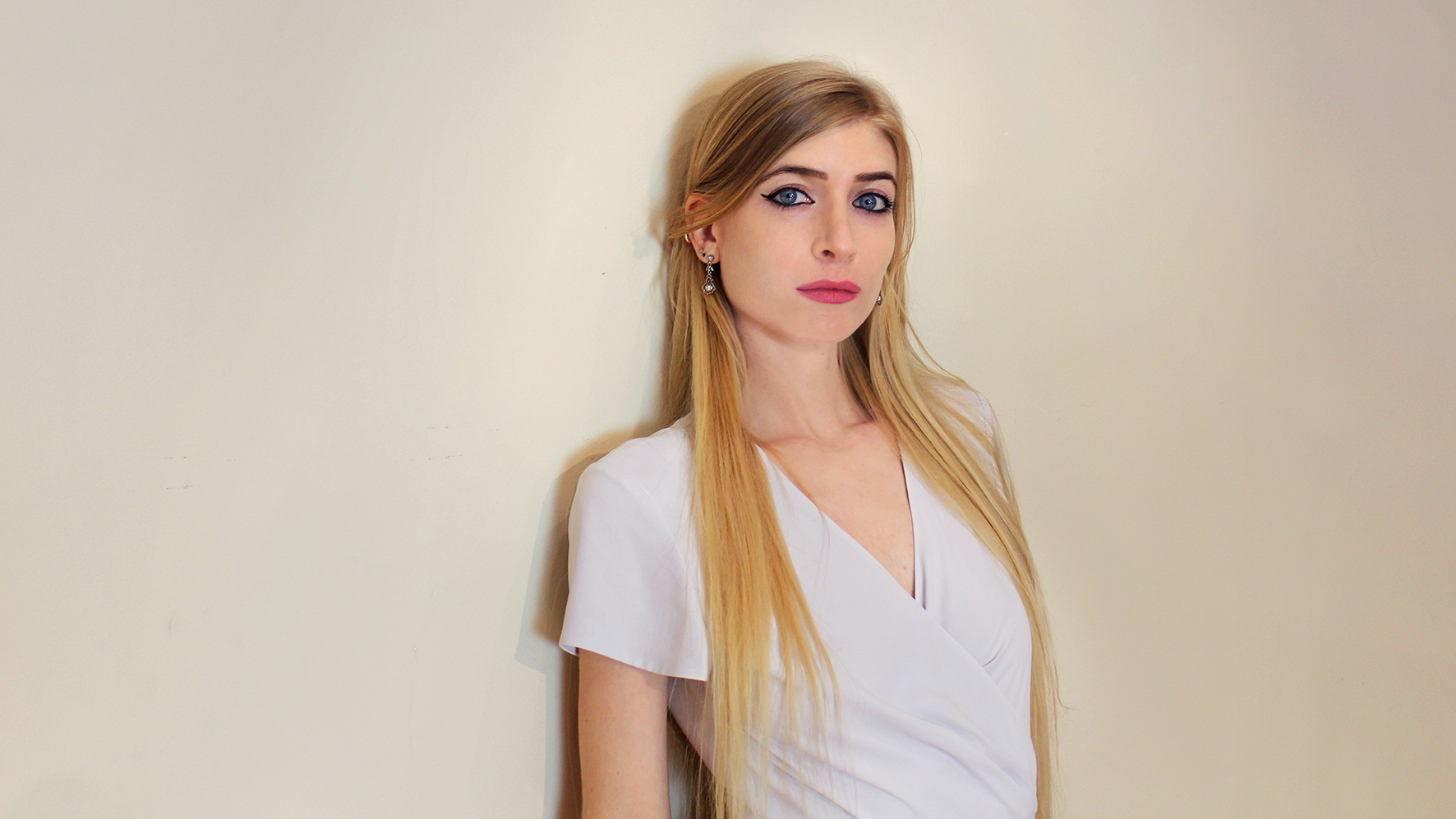
The press release for the new project references the dichotomy of humanity vs technology. That seems like a theme that’s present across your discography; are you trying to break down the division between those two worlds?
“I've always tried to use technology as a way to execute ideas that I have. I try not to lean too hard on technology for generating the ideas. It's funny, when I was working on this project, I was showing people that I have discrete tracks for the melodies and chords and bass progressions, and that everything is labelled and categorised. So many people said, ‘wow, you have all these MIDI files that are your melodies and your chord progressions. You can easily teach an AI to write melodies and chord progressions like you, and it could be a great tool for you to generate new pieces!’
A very important aspect of my work is trying to preserve my own humanity, even if I'm using technology to help me do it
“That doesn't interest me. I don't want a machine to spit something out at me. I'm much more interested as an artist in mining what's happening in my head and then trying to make sense of it through technology. I like to use technology to help me but I don't like relying on it to generate the material.
“That's why I like working with the Disklavier so much, is that it helps me achieve something without doing too much of it for me. I still like having my own playing be the basis for these pieces and not having it be something that I generated that has nothing to do with my playing. A very important aspect of my work is trying to preserve my own humanity, even if I'm using technology to help me do it.”
Kelly Moran’s Moves in the Field is out March 29th on Warp Records.



I'm MusicRadar's Tech Editor, working across everything from product news and gear-focused features to artist interviews and tech tutorials. I love electronic music and I'm perpetually fascinated by the tools we use to make it.